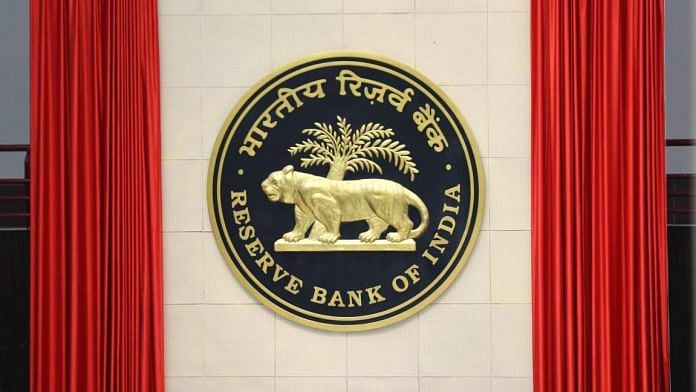New Delhi: The Reserve Bank of India (RBI) Thursday announced a simultaneous purchase and sale of government securities under open market operations for Rs 10,000 crore each on 23 December. This move has been likened to a similar action by the US Federal Reserve, which was dubbed ‘Operation Twist’.
The RBI said it will sell short-term securities worth Rs 10,000 crore maturing next year and purchase long-term securities maturing in 2029.
ThePrint looks at what this means and the implications of the move.
What is Operation Twist?
Operation Twist refers to the movement of the yield curve when central banks simultaneously buy and sell securities of short-term and long-term tenor. It’s a tool often used by the US Federal Reserve, which first rolled it out in the 1960s.
Why did RBI announce such a move?
Bond market participants point out that the RBI announced this move to target term spreads or the difference between the 10-year bond yield and that of a one-year treasury bill.
Suyash Choudhary, head, Fixed Income, IDFC AMC, said in a note that the term spreads are at the highest levels since 2010. “The widening is all the more remarkable now since it has been happening even as credit growth has collapsed and liquidity has been made abundant,” he said.
“The problem then is not necessarily the absolute size of the deficit but rather its opacity and the simple fact that local savings can no longer match the level of borrowings,” he added.
Also read: Gita Gopinath asks India to stick to fiscal consolidation as Q3, Q4 recovery could be lower
What is the result of the announcement?
Long-term bond yields have fallen reducing the interest burden on the government. In short, it effectively makes long-term government borrowings cheaper. The 10-year bond yields have fallen by 15 basis points to 6.6 per cent Friday from Thursday’s close of 6.75 per cent.
“Owing to rising term spreads, the fall in government bond yields hasn’t kept pace with falling nominal GDP growth rates. This has made the effective borrowing rate for even the sovereign very high, let alone the private corporate sector,” Choudhary said, adding that there was a need to bring down the credit spreads for not only the riskier borrower but also for the sovereign term spreads.
Will it help in better transmission of RBI rate cuts to borrowers?
Market participants had proposed such a measure to pass on the 135 basis points rate cut announced by the central bank since February to end borrowers. Such a move is aimed at reducing long-term interest rates and spur bank lending.
Also read: Draft bill seeks to empower National Statistical Commission, but govt wants final say
Bloomberg contributed to this story.



